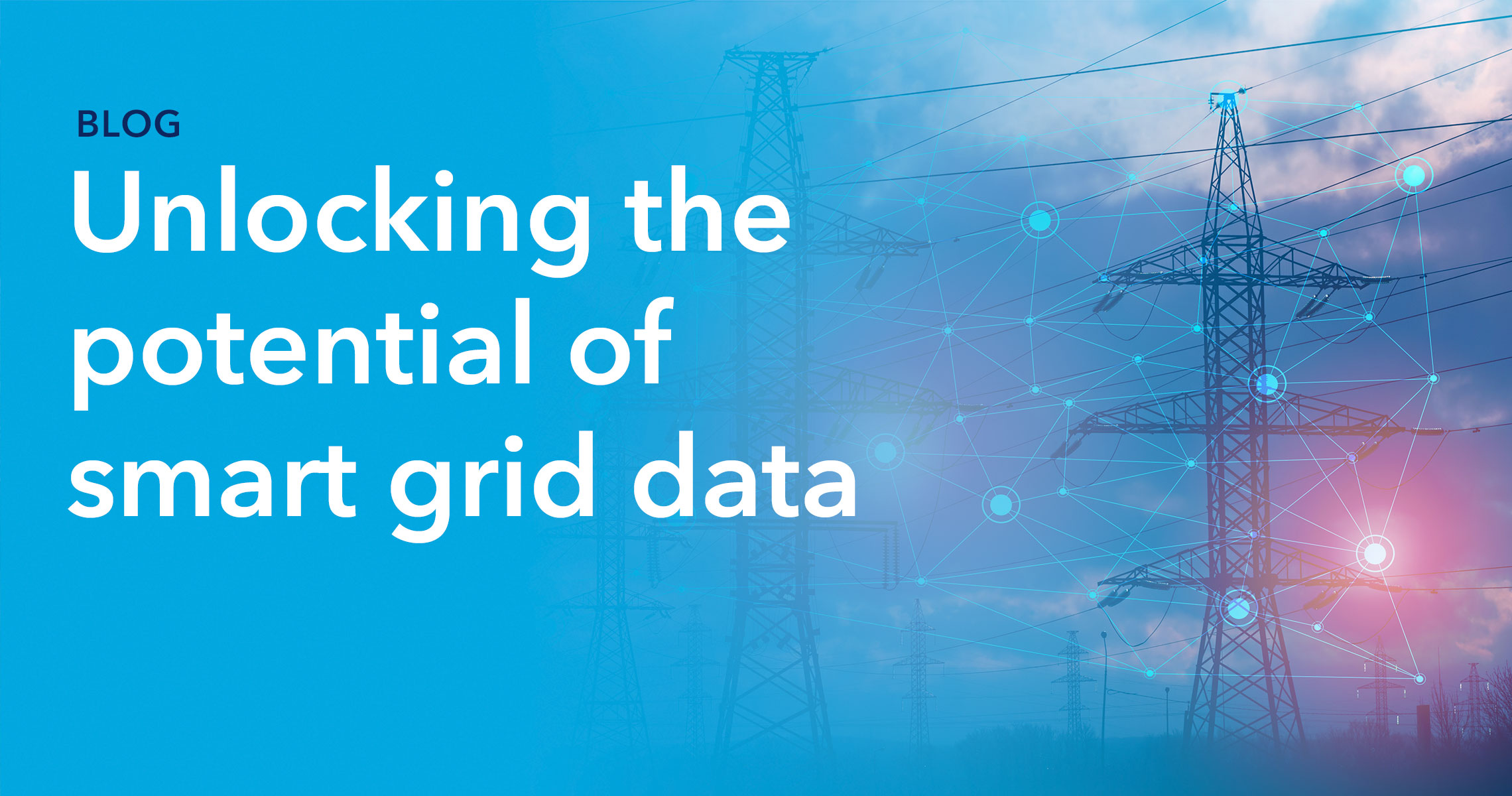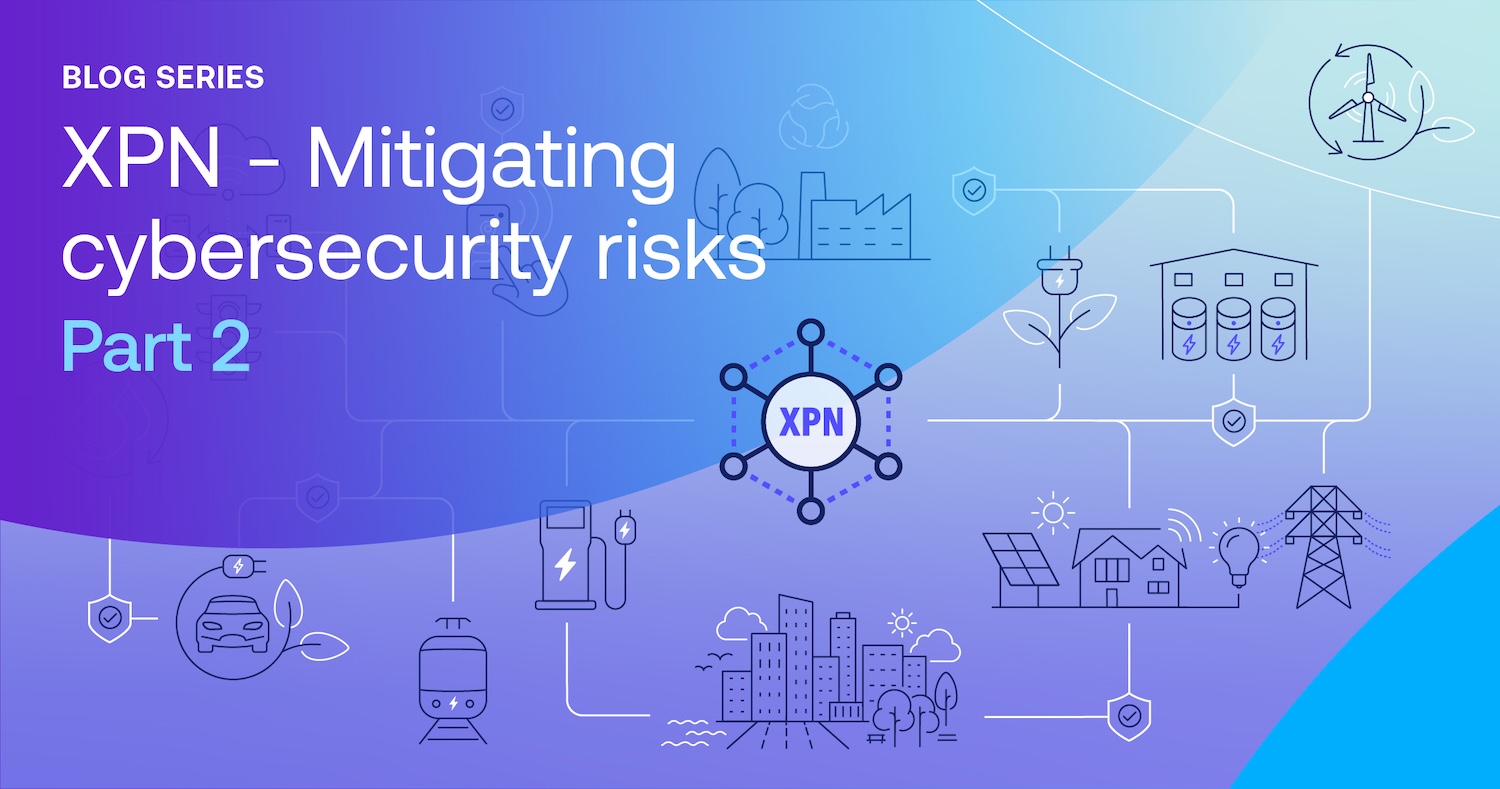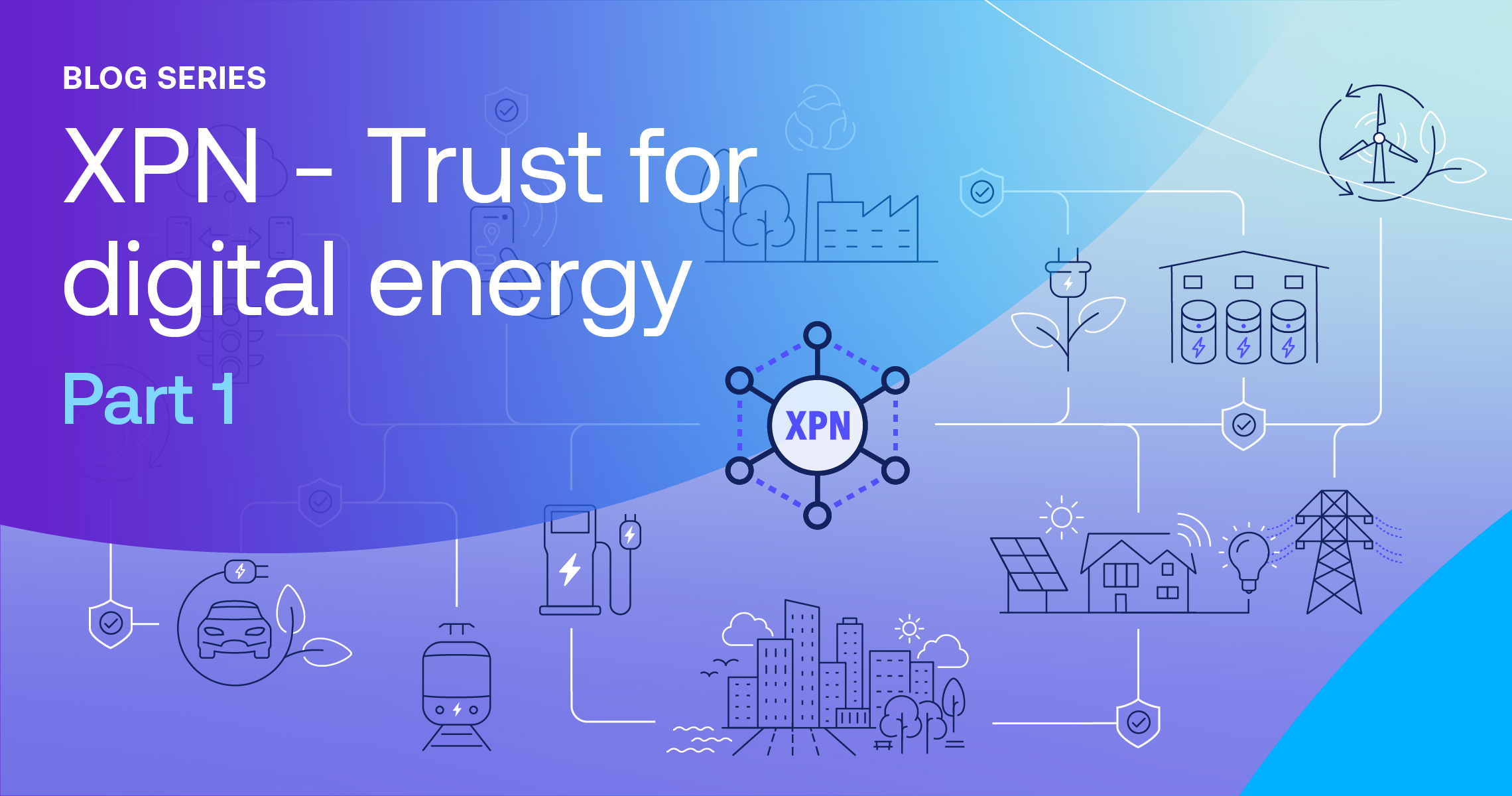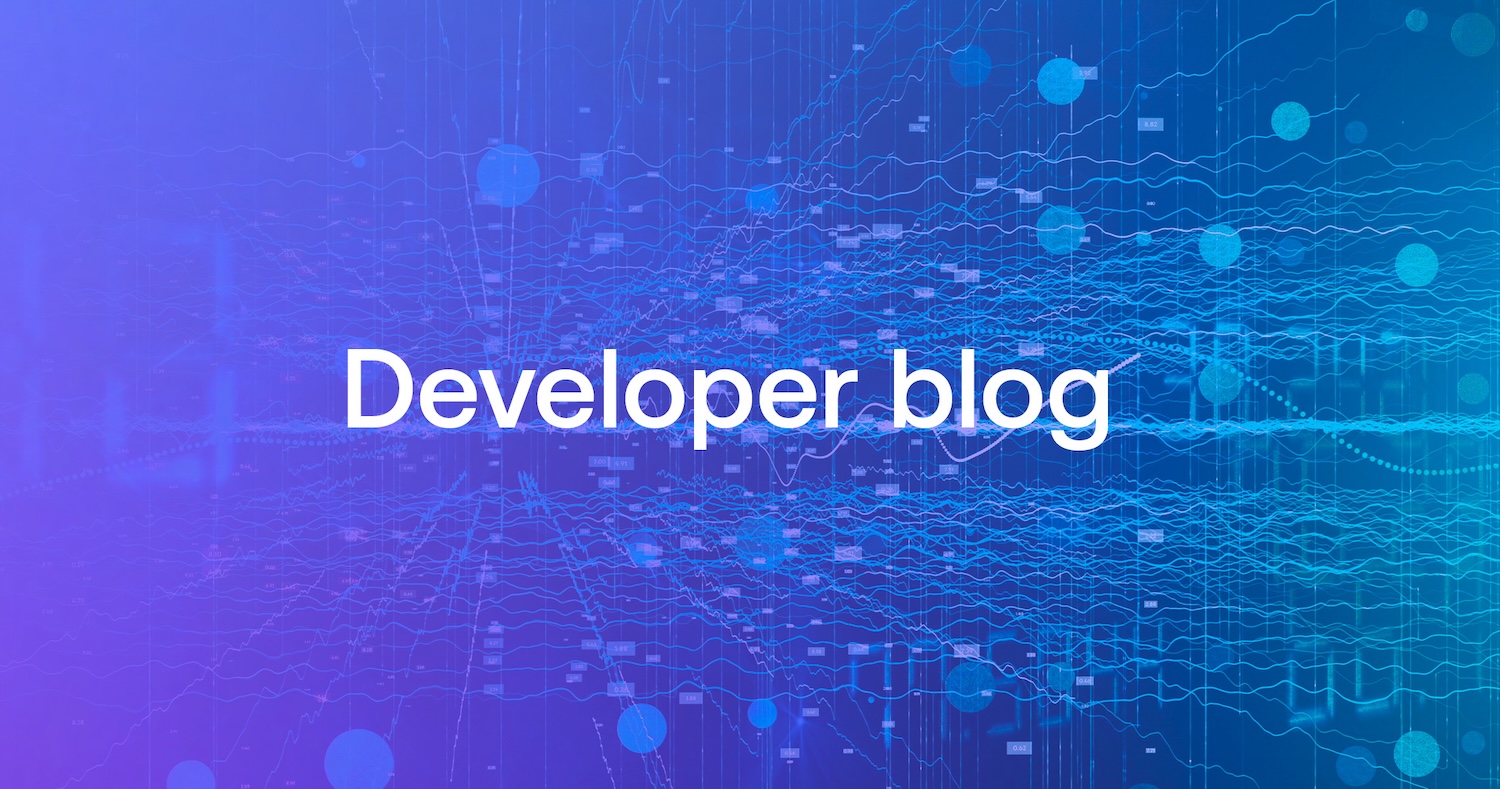In a smart energy grid, new technologies and data sources are leveraged to make energy, distribution, transmission and usage as efficient as possible. In a move towards a greener future, smart grids are essential for enabling and improving lower-emission energy sources and ensuring the better use of all energy produced.
The data that drives smart grids and allows them to function with as little human input as possible is gathered from many sources, including IoT sensors, energy sources, transformer stations, and end-users. This smart grid data includes information such as load monitoring, distribution management, equipment status, and meteorological data to provide a real-time and macro view of the entire energy ecosystem.
Use cases of smart grid data
The accumulation and processing of smart grid data can ultimately help producers, distributors, and consumers create a more efficient energy ecosystem. Here are some of grid data’s most prominent uses:
Planning delivery infrastructure
The modernization of energy distribution infrastructure and the introduction of new technologies requires significant planning. By using grid data to identify where the greatest needs are (for EV charging points) or where the best wind flows or solar angles lie (for installing renewable production equipment), energy infrastructure can be optimized for efficiency, and planning cycles can be reduced by up to 90%.
Providing better end-user service
In regards to making greener energy choices, most utilities report that their consumers want more control. With smart grid data, this can be enabled through real-time tariff options. Providers can also provide energy usage dashboards that inform consumers about their energy choices and allow them to compare their energy use to comparable homes in the area.
Predictive maintenance
Maintaining energy infrastructure is a vital part of ensuring its efficiency. Instead of relying solely on age, engineers can use IoT sensors and load monitoring data to identify the equipment that’s most in need of maintenance. The Department of Energy has found that predictive maintenance could result in 30-40% in cost savings over reactive maintenance. It also delivers other benefits such as reduced downtime.
Distributed energy resources
One of the biggest changes brought about by new energy technologies is the possibility of “two-way” energy flows, allowing consumers who produce their own energy to sell it back to the grid in times of excess. Along with the relevant delivery technology, this also requires using smart grid data to correctly calculate and reimburse consumers with little complication.
Emergency planning situations
One noticeable impact of climate change is the increase in the frequency and intensity of weather-related disasters. A common outcome of these is energy blackouts. As Brian Van Heel, a director at Delta Electronics, described in an interview with Power magazine, improved smart grids and available grid data means “we’ll have a more compartmentalized power grid where a smaller, more surgical strike can be made to cut off power to only segments of the grid that are in the path of immediate danger.”
What are the friction points holding back grid data?
Despite the obvious benefits of smart grid data, there are still a number of obstacles that prevent the widespread and immediate sharing of grid data. These are mainly:
- Security – The more valuable data is, the more likely it is that someone will steal it. Deploying security protocols over such large and dispersed data collection networks can be extremely difficult, with one broken point of access enough to give a hacker everything. Additionally, data sharing and collaboration take control of your data out of your own hands, leaving it vulnerable to over-sharing, leakage, and the potentially lower security standards of other parties.
- Regulatory – Personally identifiable information (PII) is becoming increasingly restricted in how it can be used and the consent needed to gather it. Regulations such as the GDPR and CCPA delineate strict punishments for data breaches. For utilities or planners looking to optimize the rollout of energy infrastructure, this can cause significant delays or even prevent access to important data completely, limiting the quality of their assessments.
- Capacity – Such large amounts of data can overwhelm even the most adept data operations. All this smart grid data may turn into a data swamp without effective data governance, cataloging, and processing functions. Unfortunately, many stakeholders simply do not have the capacity to get the most out of the grid data available.
How to unlock the true potential of unrestricted grid data
Smart grid data has the potential to transform energy production, distribution, and usage. But to do so, significant obstacles have to be overcome. Utilizing new technologies in the data field, specifically virtualized data platforms, can go a long way to solving the major issues holding back the full exploitation of grid data. Data platforms create a virtual copy of data wherever it is residing, which can then be easily brought together for analysis whenever necessary, removing the need for data migrations.
Reducing data movement reduces the potential for it to be lost or stolen in transit. Even more importantly, data platforms give admins much tighter access control over all data assets, down to row and column level. Additionally, all processing, including data sharing and collaboration with different parties, is performed in secure execution environments, further improving data safety.
Smart grid data can change the world, but not without the data architecture that can unlock its potential. Intertrust Platform has been enabling utilities and planners around the world to create the smart grids of the future. To find out how Intertrust Platform can help you unlock the true potential of unrestricted grid data, you can read more here or talk to our team.
About Abhishek Prabhakar
Abhishek Prabhakar is a Senior Manager ( Marketing Strategy and Product Planning ) at Intertrust Technologies Corporation, and is primarily involved in the global product marketing and planning function for The Intertrust Platform. He has extensive experience in the field of new age enterprise transformation technologies and is actively involved in market research and strategic partnerships in the field.




